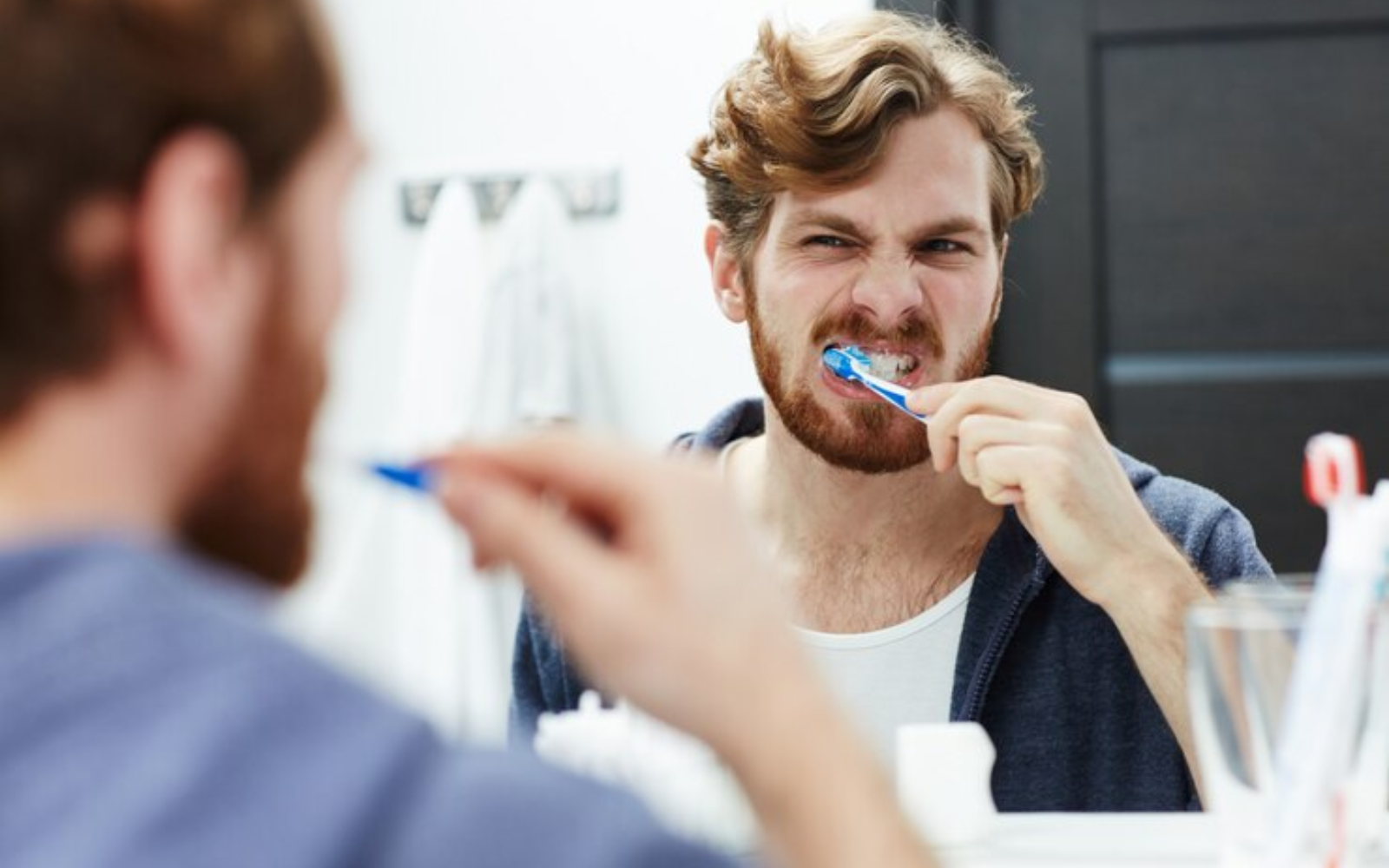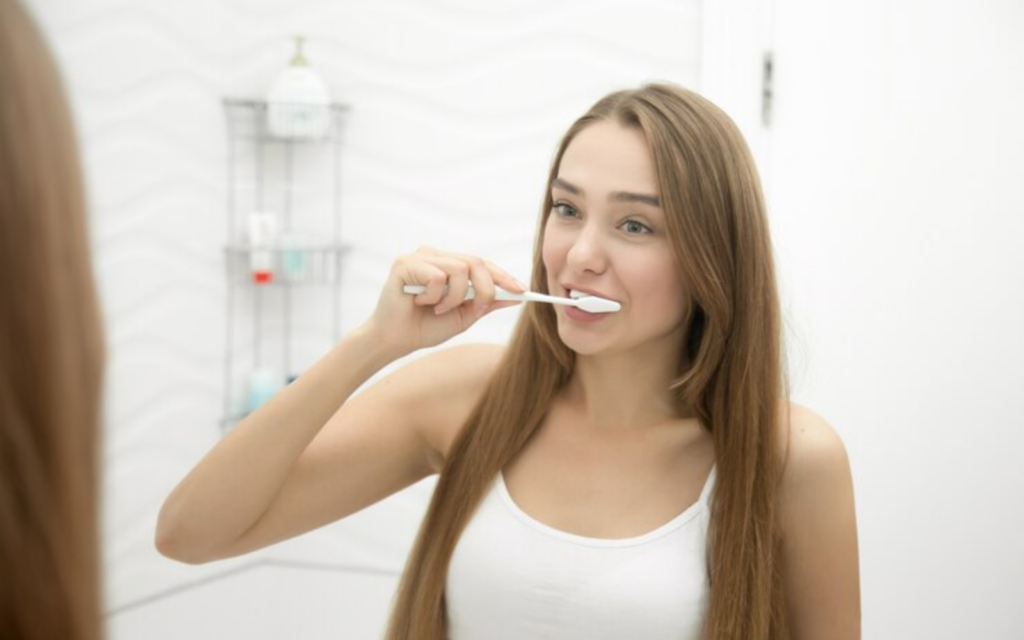Can I Brush My Teeth Before or After Using Whitestrips?

In the pursuit of a brighter smile, teeth whitening has become a popular choice for many individuals looking to enhance their appearance and boost their confidence. Among the various methods available, Whitestrips have gained significant attention for their convenience and effectiveness. However, a common question that arises is whether one should brush their teeth before or after using Whitestrips for optimal results. In this comprehensive guide, we’ll delve into the details to help you understand the best practices for incorporating Whitestrips into your oral care routine.
Understanding Teeth Whitening with Whitestrips
Whitestrips are thin, flexible strips coated with a whitening gel that contains hydrogen peroxide or carbamide peroxide. These chemicals work to bleach the teeth and remove stains, resulting in a lighter shade of enamel over time. The strips are typically applied directly to the teeth and left on for a specified period, usually ranging from 30 minutes to 2 hours, depending on the product.
Importance of Oral Hygiene
Before delving into the specifics of brushing with Whitestrips, it’s crucial to emphasize the importance of maintaining good oral hygiene. Brushing and flossing regularly not only promote overall oral health but also contribute to the effectiveness of teeth whitening treatments. Plaque and food particles can hinder the whitening process by creating barriers between the Whitestrip and the tooth surface. Therefore, a clean mouth provides a better foundation for achieving optimal results from whitening treatments.
Should You Brush Your Teeth Before Using Whitestrips?
One of the most frequently asked questions about using Whitestrips is whether it’s necessary to brush your teeth before application. The answer depends on several factors:
- Surface Cleanliness: It’s generally recommended to brush your teeth before applying Whitestrips. Brushing helps remove any food particles, plaque, and bacteria from the teeth, ensuring that the whitening gel can make direct contact with the enamel. This promotes even whitening and enhances the effectiveness of the strips.
- Gum Sensitivity: Brushing before applying Whitestrips can also help reduce gum sensitivity. When plaque and debris are present on the teeth, the whitening gel may interact with these substances, potentially causing discomfort or sensitivity. A clean tooth surface minimizes this risk.
- Whitestrips Adhesion: A clean, dry tooth surface allows the Whitestrips to adhere properly to the teeth. This ensures that the gel remains in contact with the enamel throughout the recommended application time, optimizing the whitening process.
Steps to Follow When Brushing Before Using Whitestrips:
- Use a fluoride toothpaste and a soft-bristled toothbrush.
- Brush gently but thoroughly for at least two minutes, ensuring you cover all tooth surfaces.
- Rinse your mouth thoroughly to remove any toothpaste residue.
- Dry your teeth with a clean tissue or towel before applying the Whitestrips to ensure they adhere properly.

Can You Brush Your Teeth After Using Whitestrips?
After completing the recommended application time for Whitestrips, you may wonder whether it’s advisable to brush your teeth immediately afterward. Here are some considerations:
- Whitening Gel Residue: After removing the Whitestrips, there may be residual whitening gel on your teeth. It’s important to avoid brushing immediately to allow the gel to continue working on the enamel for optimal results.
- Sensitivity: Teeth may be temporarily more sensitive after using Whitestrips. Brushing immediately afterward could potentially aggravate this sensitivity, especially if your toothpaste is abrasive or if you brush vigorously.
- Rinse and Wait: Instead of brushing immediately, rinse your mouth thoroughly with water to remove any remaining gel. Wait at least 30 minutes before brushing your teeth to allow the enamel to recover from the whitening process.
Steps to Follow After Using Whitestrips:
- Remove the Whitestrips and discard them.
- Use a clean finger or a soft toothbrush to remove any residual gel from your teeth gently.
- Rinse your mouth thoroughly with water to remove the gel completely.
- Wait at least 30 minutes before brushing your teeth to minimize sensitivity and allow the enamel to rehydrate.
Additional Tips for Effective Teeth Whitening:
- Consistency: Follow the instructions provided with your Whitestrips regarding frequency and duration of use for the best results. Consistency is key to achieving and maintaining a whiter smile.
- Dental Check-up: Before starting any teeth whitening regimen, consider visiting your dentist for a check-up. They can assess your oral health and recommend the most suitable whitening method based on your dental history and needs.
- Maintain Oral Hygiene: Regular brushing, flossing, and dental visits are essential for overall oral health. Incorporate teeth whitening as part of a comprehensive oral care routine rather than a standalone practice.
In conclusion, brushing your teeth before applying Whitestrips helps prepare the tooth surface for optimal whitening results by removing debris and plaque. After using Whitestrips, it’s best to wait before brushing to allow the whitening gel to work effectively and to minimize potential sensitivity. By following these guidelines and incorporating teeth whitening into a holistic oral care routine, you can achieve a brighter smile safely and effectively.
Remember, everyone’s dental needs and sensitivities are different, so it’s essential to consult with your dentist if you have any concerns or questions about teeth whitening. With proper care and attention, you can enjoy the benefits of a whiter, healthier smile with confidence.



